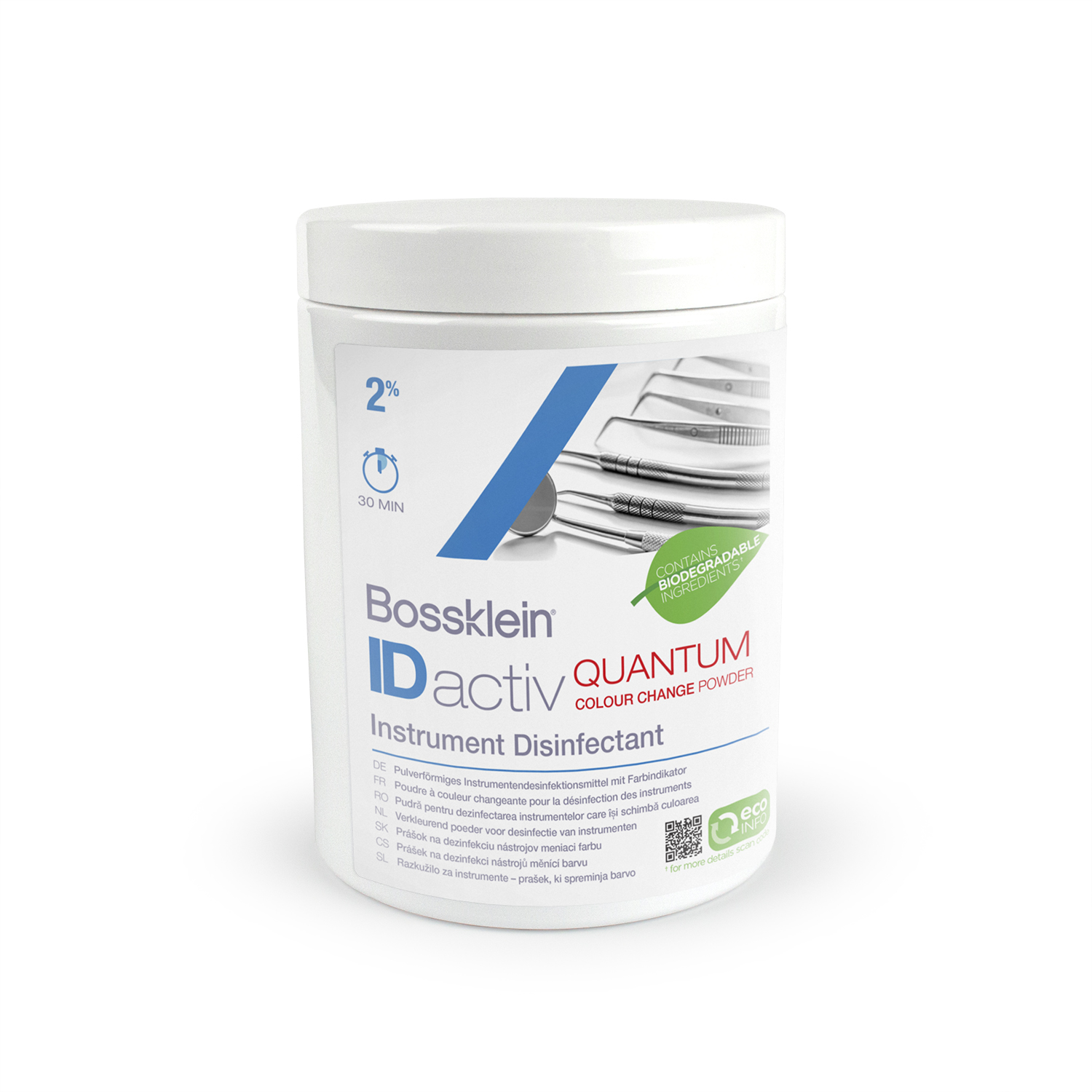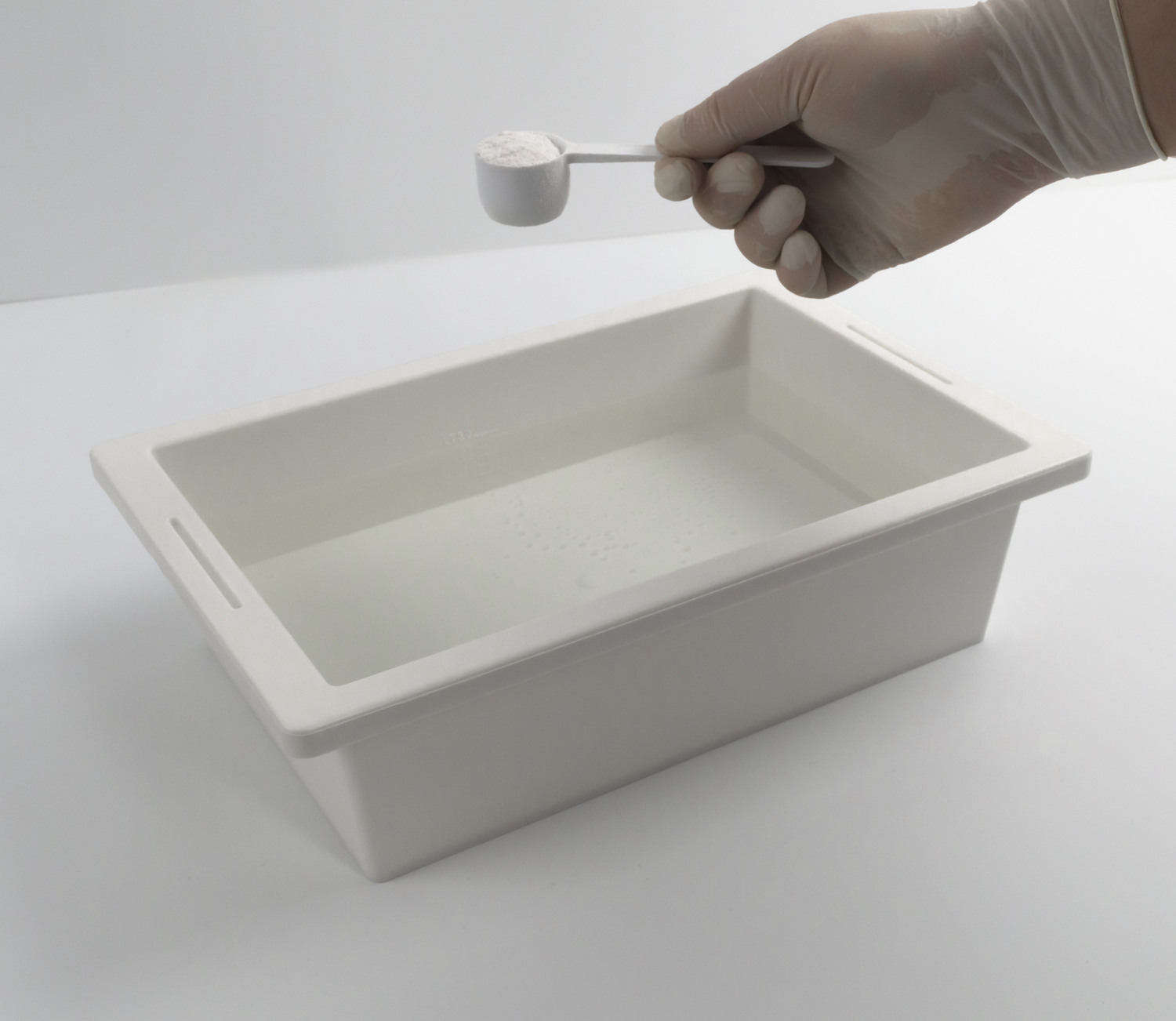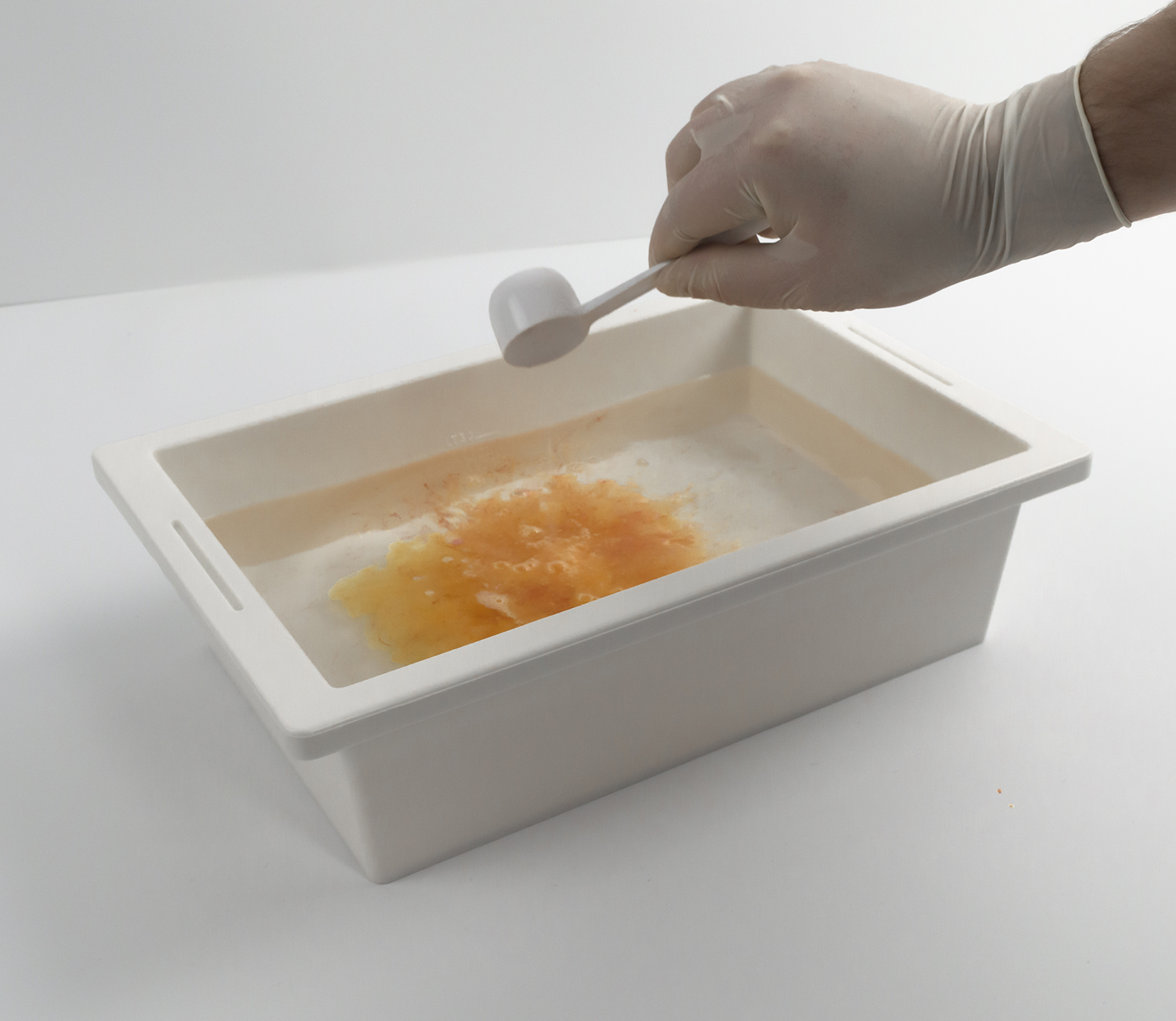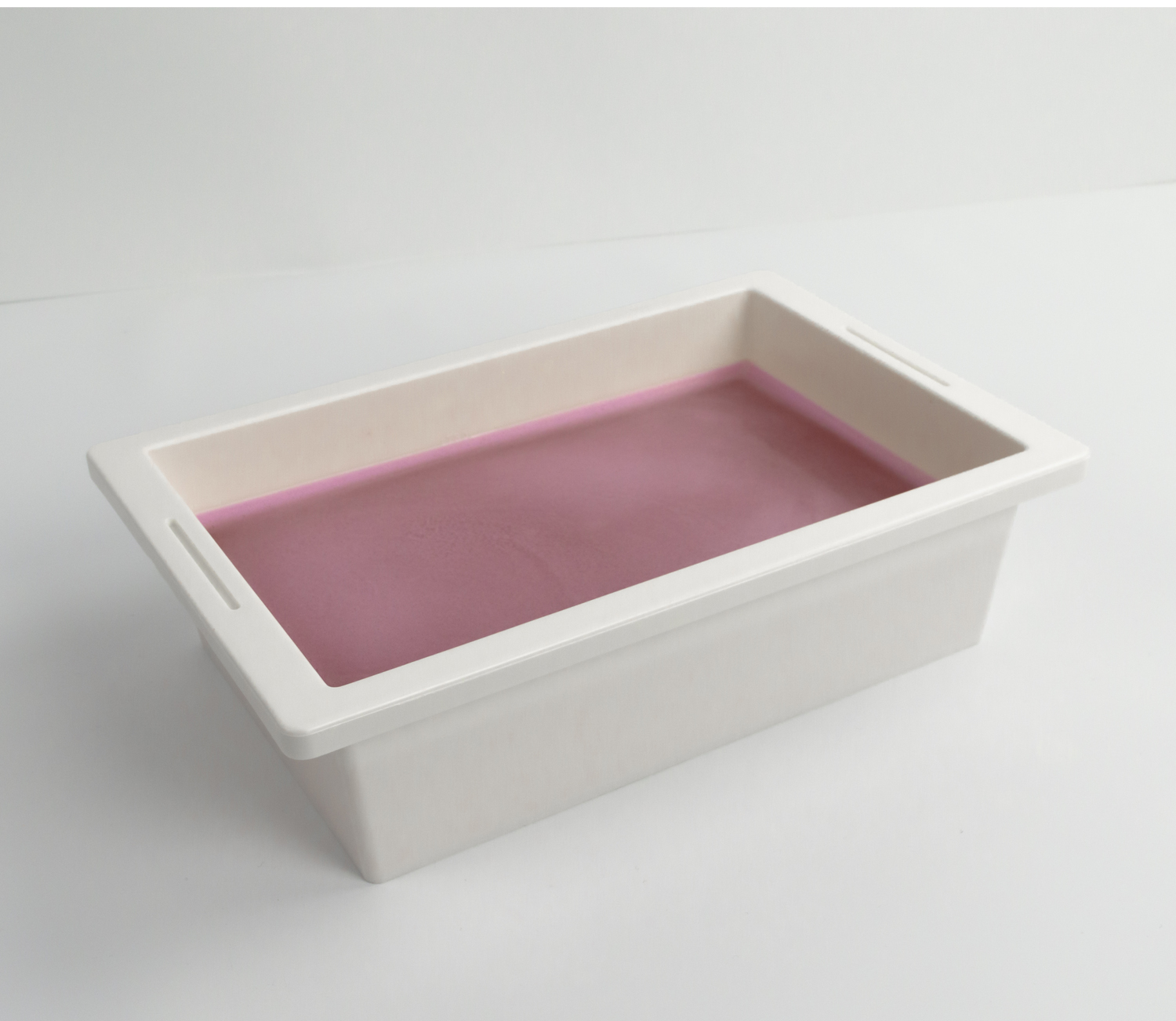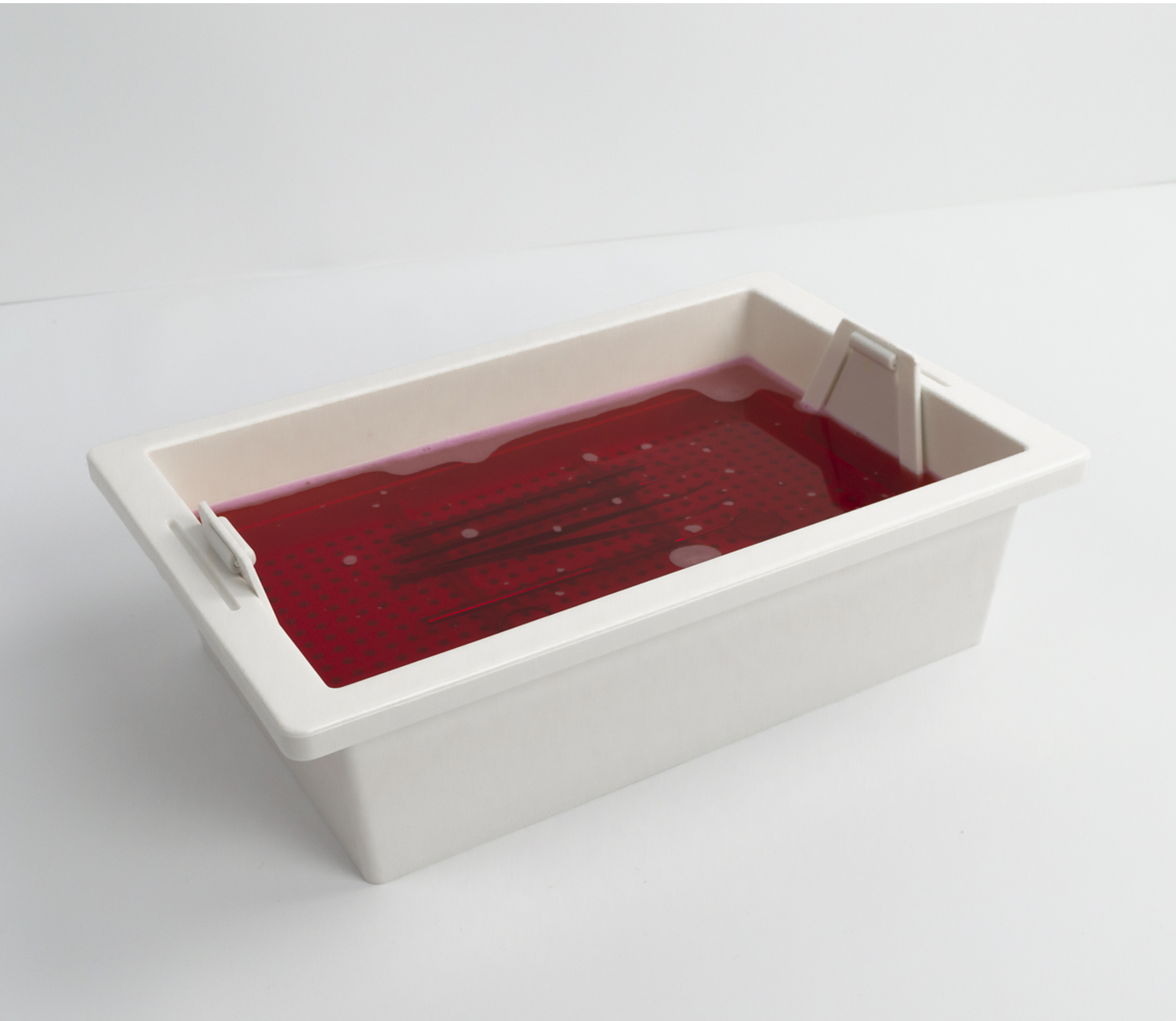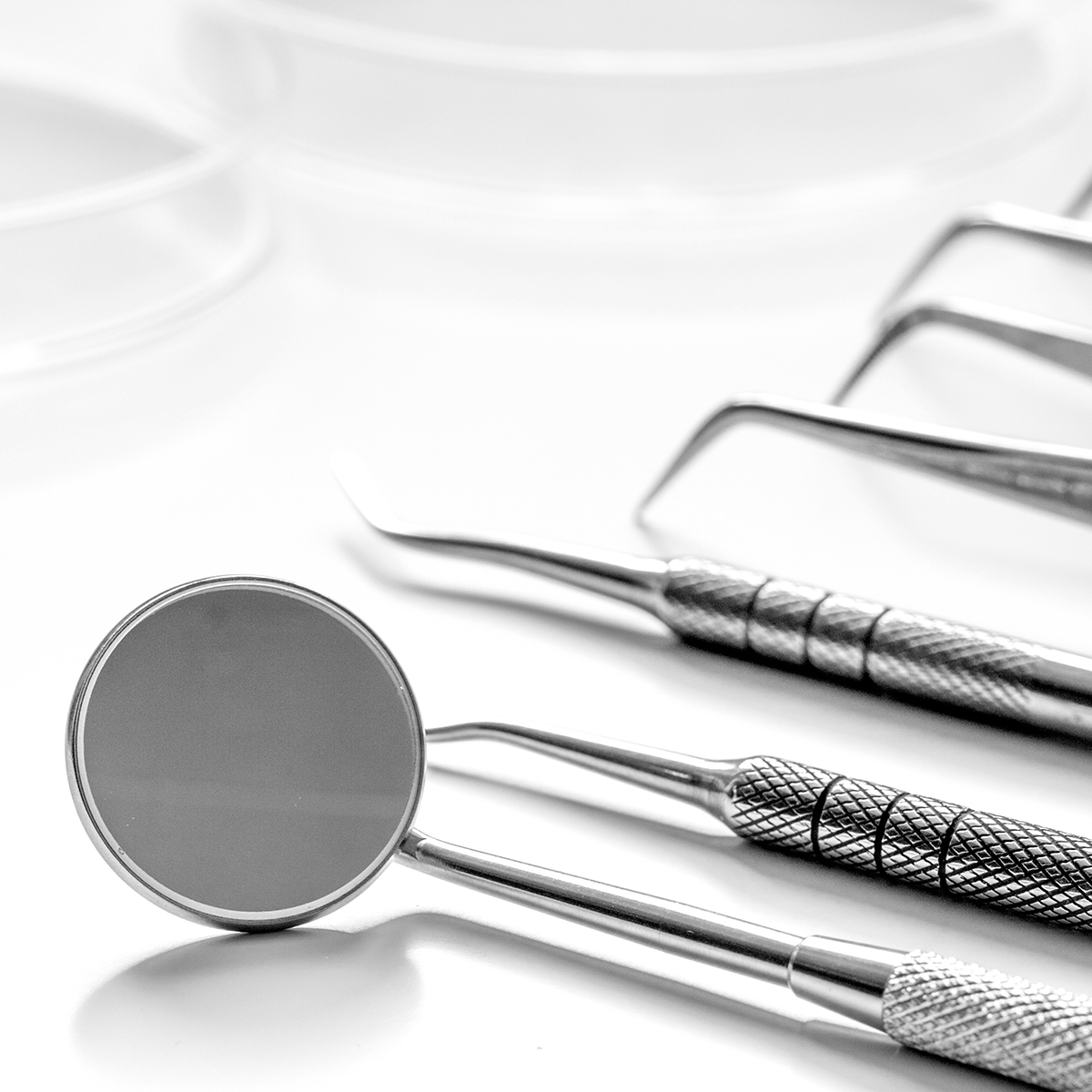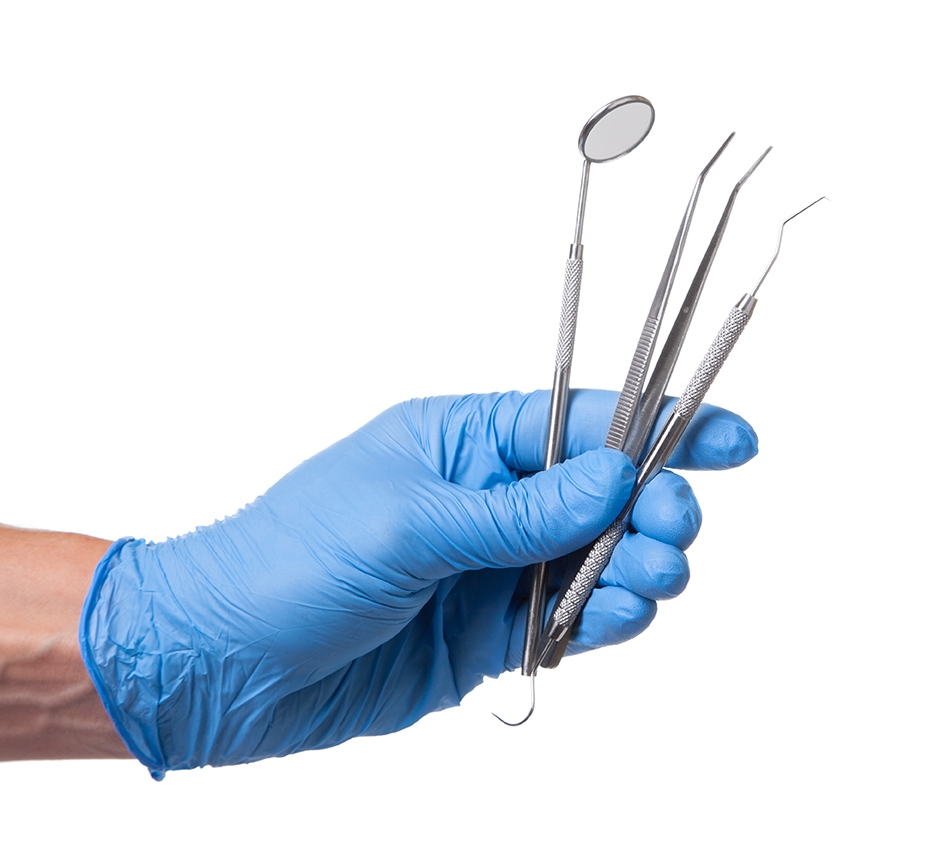IDactiv QUANTUM Instrument Disinfectant Powder
Concentrated powder for the disinfection and cleaning of medical instruments and tools.
30 minute soaking time
2% dilution ratio
Colour change properties
Highly effective – virus tested
Aldehyde, Chlorine and Phenol free
Economical 2% dilution ratio
Powerful Sporicidal action
| SKU | Variant Name |
|---|---|
| BKINS700 | 700g Tub |
Downloadable Information
- Description
- Directions For Use
- Testing & Efficacy
- Product Composition
- Packing Details
- Hazard Classification & Details
- Physical Properties
- HTM 01-05 Compliance
IDactiv Quantum is a class IIb registered medical device. It is disinfectant powder for use in the reprocessing of all reusable surgical, medical and dental instruments prior to sterilisation using the method of immersion inside an instrument bath.
Directions For Use
Dissolve 1 level measure of powder (20g ± 2g) in 980ml of warm tap water (30 - 40°C) and mix for 60 seconds or until the solution turns red. Completely immerse the instruments into the solution ensuring that no air is left within hollow instruments. Leave for 30 minutes. After disinfection, rinse instruments thoroughly with RO or distilled water prior to further processing and sterilisation. The solution will remain effective for 8 hours. Change to fresh solution daily or earlier should physical dirt in the solution become evident. We recommend preparing fresh solution at the start of the working day. When the solution is colourless it is no longer active. For professional use only.Testing & Efficacy
EN17126, EN 17111, EN14885, EN14562, EN14561, EN 14476, EN13727, EN13624.Effective Spectrum & Exposure Times
| Micro-Organism | Contact Time | Concentration |
|---|---|---|
| BACTERICIDAL | 30 min | 2% - 20g/980ml |
| Pseudomonas aeruginosa | 30 min | 2% - 20g/980ml |
| Staphyloccocus aureus | 30 min | 2% - 20g/980ml |
| Enterococcus hirae | 30 min | 2% - 20g/980ml |
| E. coli | 30 min | 2% - 20g/980ml |
| MRSA | 30 min | 2% - 20g/980ml |
| YEASTICIDAL | 30 min | 2% - 20g/980ml |
| Candida albicans | 30 min | 2% - 20g/980ml |
| ENVELOPED VIRUSES | 30 min | 2% - 20g/980ml |
| Hepatitis B Virus (HBV) | 30 min | 2% - 20g/980ml |
| Hepatitis C Virus (HCV) | 30 min | 2% - 20g/980ml |
| Hepatitis Delta Virus (HDV) | 30 min | 2% - 20g/980ml |
| HIV | 30 min | 2% - 20g/980ml |
| Measles virus | 30 min | 2% - 20g/980ml |
| Influenza virus | 30 min | 2% - 20g/980ml |
| Coronavirus | 30 min | 2% - 20g/980ml |
| Herpesviridae | 30 min | 2% - 20g/980ml |
| Filoviridae (Ebola) | 30 min | 2% - 20g/980ml |
| Rubella virus | 30 min | 2% - 20g/980ml |
| Rabies virus | 30 min | 2% - 20g/980ml |
| Poxviridae | 30 min | 2% - 20g/980ml |
| SPORICIDAL | 30 min | 2% - 20g/980ml |
| Bacillus cerus | 30 min | 2% - 20g/980ml |
| Bacillus subtilis | 30 min | 2% - 20g/980ml |
Product Composition
TAED, Sodium Percarbonate, Citric Acid Monohydrate, Sodium Alkyl Aryl Sulphonate, Sodium Sulphate Anhydrous, Tetrasodium (1-hydroxyethylidene) bisphosphonate, Sodium Nitrite, Dye.Packing Details
6 x 700g Tubs per BoxHazard Classification & Details
UN: 1479, Packing group: ll, Class: 5.1, Shipping name: OXIDIZING SOLID, N.O.S. (SODIUM PERCARBONATE)Physical Properties
White free flowing powder, Biodegradable, pH: 8.5-9.0, 36 month shelf life from date of manufacture.HTM 01-05 Compliance
3.3: Manual cleaning, governed by an appropriate protocol, is acceptable within the essential-quality-requirements framework. Within the best-practice framework, however, manual cleaning should be considered only where the manufacturer specifies that the device is not compatible with automated processes (including ultrasonic cleaning) or when the washer-disinfector is temporarily unavailable (for example for repair or validation). Exceptionally, where local experience indicates that pre-washing may be helpful (for example in the removal of tenacious dental materials), such action may be appropriate before automated cleaning.
3.4: New instruments should be cleaned and sterilized before using for the first time, unless supplied as sterile.
3.42: Effective cleaning of dental instruments before sterilization is of the utmost importance to reduce the risk of transmission of infectious agents.
3.5: Instruments cleaned as soon as possible after use may be more easily cleaned than those left for a number of hours before reprocessing.
3.6 When working with substances that can harden on instruments (for example cements), the instruments should be cleaned immediately. Instruments that cannot be cleaned should be discarded.
3.9: Manual cleaning should be considered where manufacturers’ instructions specify that the device is not compatible with automated processes.
16.3: Always use detergents specifically formulated for manual cleaning of instruments.
Scope Of Application
Veterinary
Professional Care
Dental
Opticians
Beauty and Wellbeing
Medical and Chiropody

